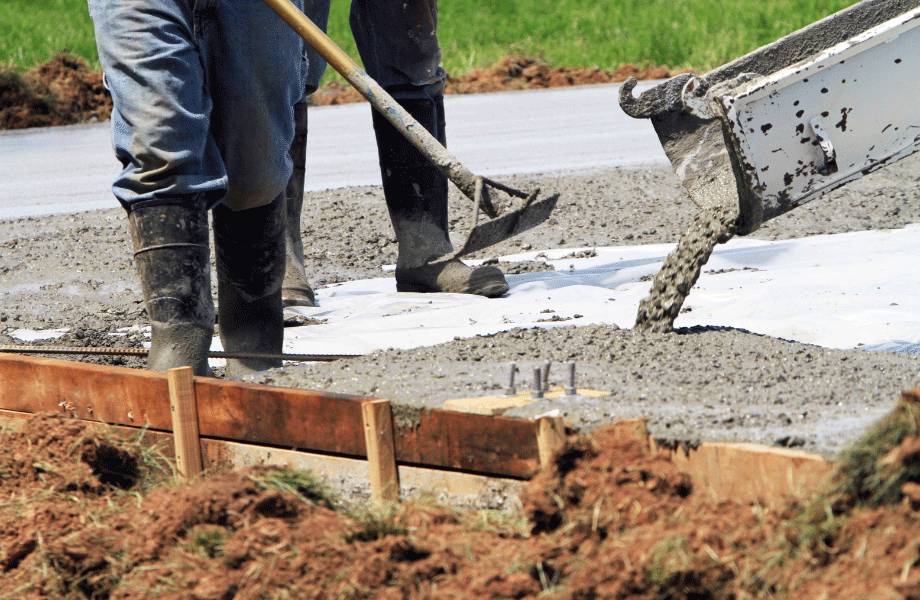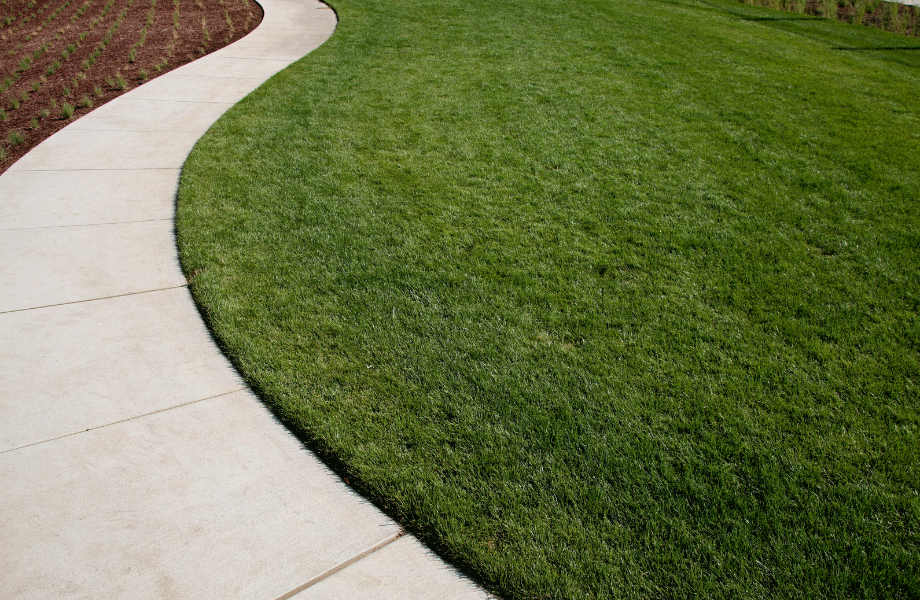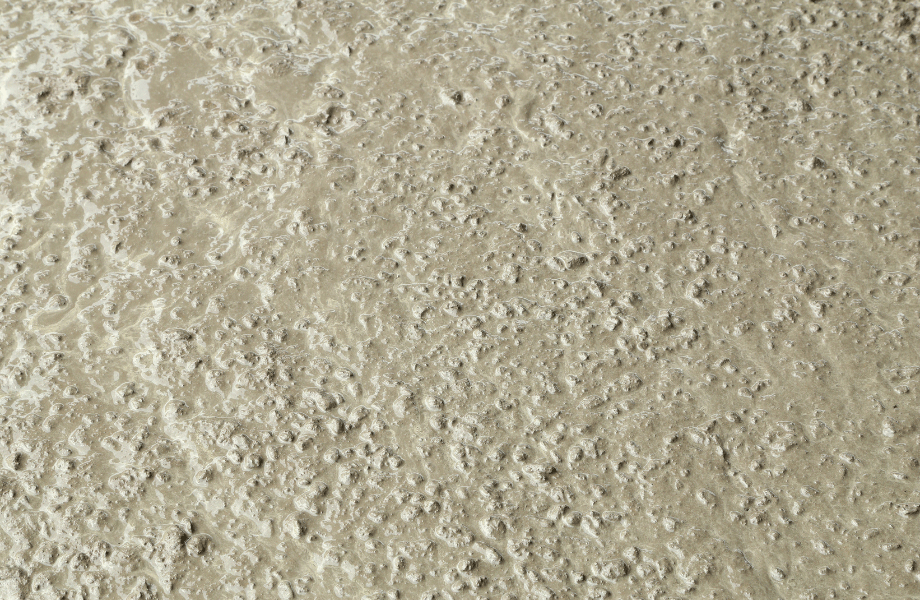Have you been hatching plans for a DIY project that will require concrete… or should that be cement? Wait, are they the same thing? Or completely different materials?
Many home DIYers find this distinction confusing. Australians often use the two terms interchangeably, but there is a very obvious difference between them. You simply can’t have concrete without cement.
Read on to learn more.
The difference between cement and concrete
Put very simply, the key difference between cement and concrete is that the first is an ingredient of the second. So while you may have been referring to everything as ‘cement’ – yes, even the ready-mixed ingredient in those giant agitator trucks – most of it is, in fact, concrete. But that doesn’t mean that cement doesn’t play a key role in construction.
So, let’s take a closer look at what each of these materials contains, how they perform and what they are best used for.
What is cement?
Cement begins life as a powder-like substance that when it is mixed with water it becomes hard. It is essentially a binding ingredient and can be mixed with other aggregates to make new substances including concrete, mortar and grout.
Cement is typically comprised of natural materials rich in calcium and silica, such as limestone, clay, chalk, silica sand, etc.
What is concrete?
Concrete, on the other hand, is made by combining cement, water and aggregates such as sand or gravel. You then choose the aggregate for a particular concrete mix that suits what it’s ultimately going to be used for.
For example, if the concrete needs to endure freezing temperatures or weigh less than usual, then there are particular ingredients that are best suited to these outcomes. Aggregates usually comprise around 75–80% of the concrete mix.
Key differences between cement and concrete
- Cement’s most common use is as a binding ingredient in concrete, though it can be used on its own. However, when used on its own, cement can be susceptible to cracking.
- Concrete is far stronger and more durable, with far less chance of cracking.
- Concrete has better longevity than cement and can last hundreds of years.
- Cement can be used as an ingredient of concrete, stucco/render, mortar or grout. Stucco is a decorative finish for walls and ceilings. On the other hand, builders use mortar to bond bricks or pavers and grout between tiles.
- Concrete, on the other hand, is one of the most widely used construction materials and is typically required for footpaths, driveways, building slabs and even roads and bridges. It is popular for its strength, durability and availability.
- While concrete is typically used by builders for large construction jobs, cement can be a handyman’s friend and used for smaller DIY projects. Of course many home project enthusiasts also work confidently with concrete as well.
Home uses for concrete and cement
Concrete
- Backyard patio
- Driveway
- Setting posts for a fence
- Slab for under a timber deck, shed, etc.
- Pathway
- Garden or lawn edging
- Swimming pools
- Flooring, e.g., polished concrete
- Bench tops
Cement
- Grouting tiles
- Repairing cracks in concrete
- Applying a render/stucco on walls
- Forming brick or block walls with mortar
- Repairs on masonry brick and render walls
- Repointing of block and brick work
If you’ve got a project in mind and you’re still not sure whether to use cement or concrete for your project get in touch with our Rock n Soil experts or swing by our premises. We’re happy to answer any hardscaping questions you may have.
Where to find quality supplies
Here at Rock n Soil, we have a great range of cement and concrete mixes, concrete blocks, concrete garden edging and concrete supplies available to suit all your home DIY project needs. General Purpose Cement can be used to make concrete, mortars, renders and grouts, or simply grab a bag of Concrete Mix and just add water.
If you’re mixing the cement or concrete yourself, be sure to check out our guide on how to mix materials safely and effectively at home.
Once you’re armed with the best quality materials, you’ll be ready to dive into our archives of awesome home and garden projects requiring cement, grout, mortar or concrete – from multi-level garden beds and outdoor fire pits to stepping stones and paved patios or pathways.
Now that you know the difference between cement and concrete, you can confidently head to our product info page for all the resources you need for your home project. Keep an eye on our how to page for more DIY ideas and remember you can contact the expert team at Rock n Soil for ideas or advice any time.













